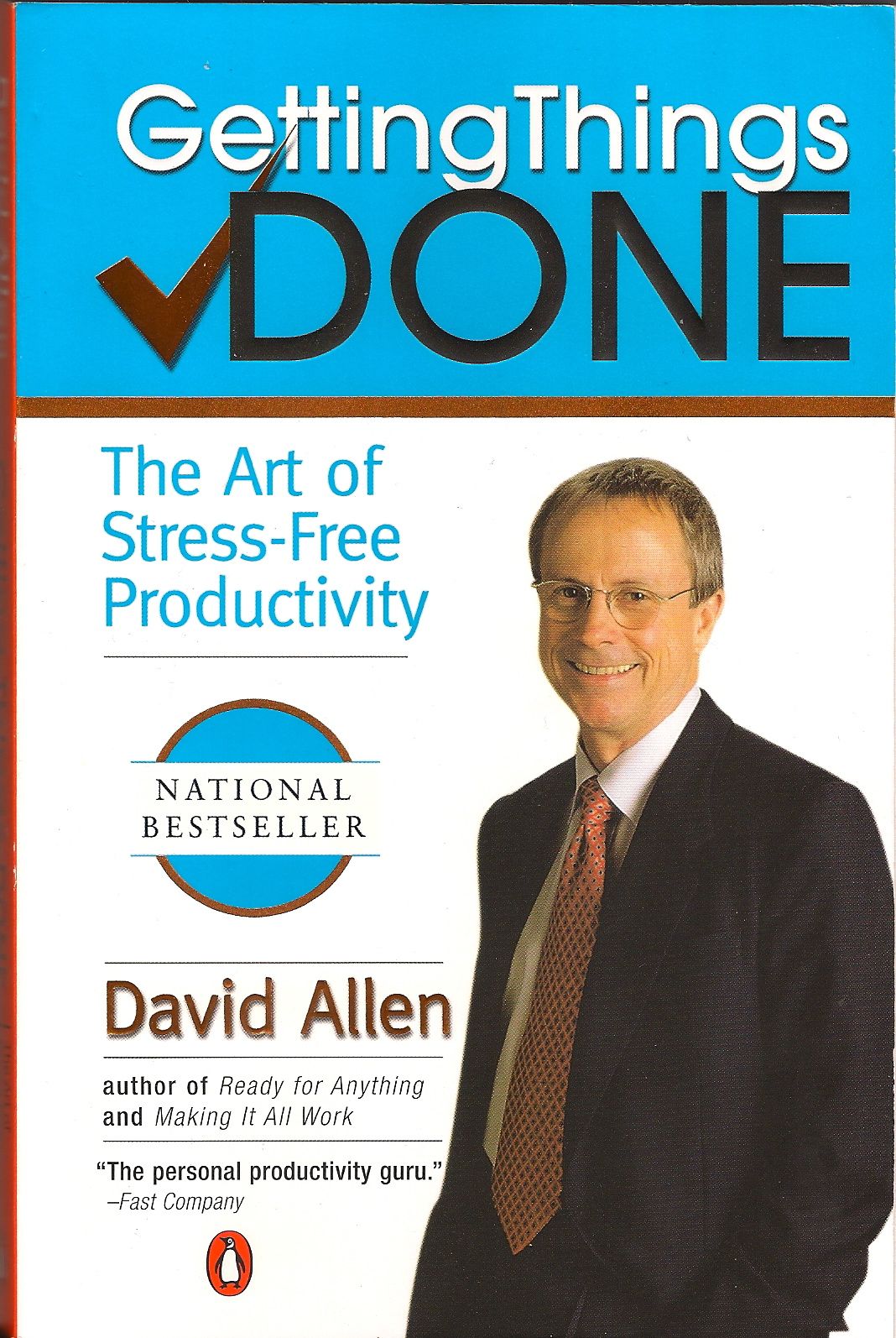Last week I ran into a little book (it really is little, 135 pages in a 5″ x 7″ format – very easy on the hand and eye), The Myth of Multitasking: How “Doing It All” Gets Nothing Done by David Crenshaw (Jossey-Bass: San Francisco 2008).
The initial chapters take up the question of humans as multitaskers. For those who need to be reassured that the common sense answer to this question is, in this case, more than common, that it really is the sensical answer, take the time to follow the narrative. Yes, this is one of those business books written as a story. In most regards I have come to think of the first such approach that I know of to writing a business book in a narrative story format, The Goal: a process of ongoing improvement, by Goldratt, wishing it had been the last. But, I digress.
Crenshaw introduces the notion that because we really are capable of only one task at a time, the appearance of multitasking is really a series of “switchtasking” in which we shift our attention back and forth among a number of tasks. This process incurs significant inefficiencies due to the housekeeping overhead of our brain keeping track of where we are starting and stopping with each task. Significant errors also occur as a result.
The proliferation of information devices over the last decade has multiplied the opportunities for interruption and created environments which are perpetually competing for our attention. Email, cellphones, voicemail, instant messaging, text messaging, faxes, and more clutter our desks, pockets, belts, pocketbooks, backpacks, hands, and, ultimately, our brains. As Crenshaw aptly states, “The reality, though, is that these things will make us productive only if we learn to take control of them….If you and I don’t set up a schedule and protect our time, we allow ourselves to be run over by the traffic of information.” (page 61).
Crenshaw goes on to suggest a strategy for doing just that, establishing a schedule. I have written earlier about the need to avoid Too Much Information.
In Crenshaw’s approach to meetings which calls for establishing “recurring meetings” where people regularly need to meet with you, I think that an opportunity for a deeper understanding of what is happening is missed. The first step with meetings is to examine the reasons for the meetings. Altogether too often meetings are symptoms of poor underlying business processes, especially decision making. Many meetings turn out to be about how a decision is to be made, what information applies, what are the boundary conditions and parameters, and so on. These meetings should be replaced by sound business processes that make the decision making faster, closer to the end user, and more reliable. Other meetings will turn out to be program or process status meetings. These too should be replaced with better business processes and visual status reports. In general a manager should view every meeting where they do not add significant, singular value as a symptom of opportunities to improve processes.
Crenshaw’s approach to developing a time budget seems to me just a re-run of the age old time management gurus’ spreadsheets in which we keep track of all activities for a number of weeks and then analyze them for waste. In my experiences personally, and with clients, this approach does not work well. A significant number of people simply will not maintain a log of their activities in sufficient detail and at enough length to really be useful. More troubling, very few are able to act on the results of the analysis.
I have come to relie on a Seize Your Time approach which I have written and spoken about frequently. Basically, this works as follows:
Take out your schedule for the next week. Block out two hours during which you will post on your door a sign saying, “Do Not Disturb”, turn off all communication devices including your beloved Blackberry (iPhones, too) and work without interruption on some valuable project that will move your organization forward.
You can read more about this in my Time Management postings and podcasts.
One area in which Crenshaw strikes on a rich vein of truth is his discussion of “business systems” and “personal systems”. Here he points out the fact that the “personal system” of the business leader becomes de facto the “business system” of the company.
Many business managers and owners act as though magically their behavior is disconnected from the behavior of their company. They engage in the delusional notion that people throughout their company do not notice how they behave, how they make decisions, what their priorities are, what their values in dealing with people and other companies are, in fact, almost everything they do or say (mostly do).
Fortunately, this is not true. Why “fortunately” you might ask. The answer is that the behavior of the leader of small and medium size businesses has dramatic and reliable impacts on the performance of the company. And, since we do know what constitutes high-performance in business leaders, the leader can learn the appropriate behaviors, actively model them in their own performance, and see the results cascade through their firm.
I applaud Crenshaw for taking on a popular buzzword and small-scale plague not only in business life, but also our day-to-day world. Multitasking is indeed a myth. I would be tempted to be more vigorous in my rhetoric and say that multitasking is a fraud and a thief.
 Imperatives – Leadership Skills for a Radically Changed Business Environment. Mr. Temkin sets out to define a “new set of skills” for managers. These are the 6 new imperatives:
Imperatives – Leadership Skills for a Radically Changed Business Environment. Mr. Temkin sets out to define a “new set of skills” for managers. These are the 6 new imperatives:
